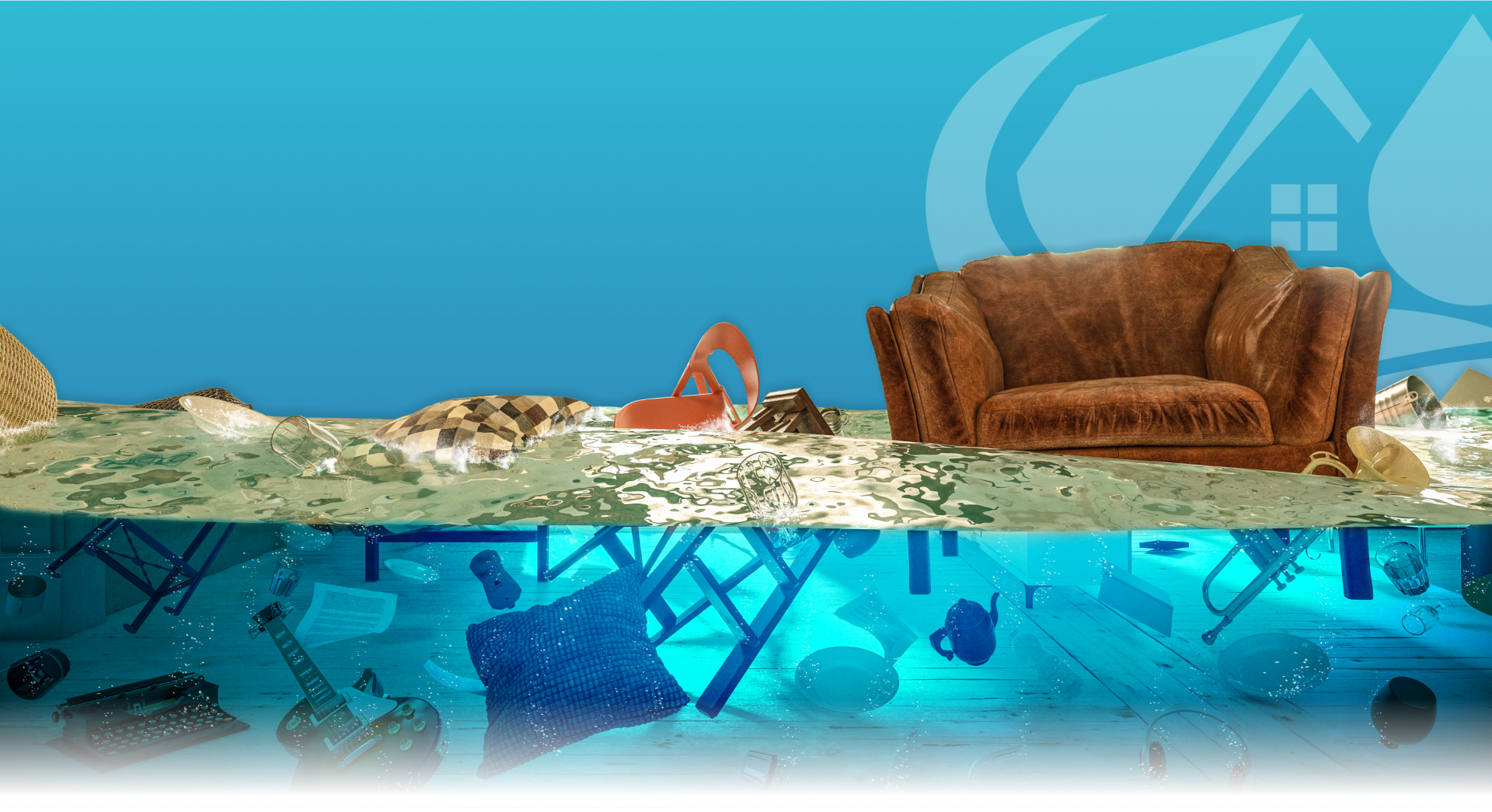Most Essential Ideas for the Mould Removal Operation
Mould growth after a flood is a common problem. If the moisture isn't fixed, mould can start growing in as little as 24 hours. After a flood, it's vital to eliminate any mould growth. Here are some suggestions for getting rid of that annoying mould.
There are numerous potential sources of home flooding. Hurricanes, severe thunderstorms, and other forms of bad weather can cause flooding within the house. Water can seep into the floors of a house if the foundation has fractures or other faults. The ground is a potential source of saturation because the base rests on it. The risk of flooding can be reduced by repairing a cracked foundation. Stop flooding by swiftly repairing even small leaks. Find the main water shut-off valve and memorise its location just in case. You can have a mould issue so you should be much careful about mould removal
What to Look For If You Suspect Mould
Mould is a common result of water damage to a house. Mould spores are tiny organisms that can thrive with just a few things, such water, air, and a dark place to grow. If you want to get rid of the mould for good, you need to find out where it's getting its moisture and fix that.
Find the Water Source
If your home has been flooded, the first thing you should do is get the water out. The next step after draining the water is to look for places where it could leak out. Water can seep in through basement windows, cracks in the walls, and dripping roofs. It is necessary to resolve the issues that allowed water to enter a home. Repair the dripping roof, fill in the cracks in the foundation, and replace the shattered windows in the cellar.
Spray a Biocide
Mould spores and other aquatic microorganisms will certainly flourish in the flooded area. A biocide is a chemical disinfectant that eliminates germs like bacteria, viruses, and fungi. The biocide will eradicate the mould spores flourishing in the water-damaged areas of the home because mould is a fungus. Bleach is a biocide that is both powerful and easy to find. Most people who own their own homes also have bleach on hand. The mouldy concrete should be treated with a bleach solution made by diluting the bleach with water as directed on the bottle.
Bleach Is Often Advertised As a Means of Eradicating Mould
The mould spores in the house will be killed by the bleach, but even the dead ones are dangerous to the health of the people living there. Use a paper towel to remove any mould that has died. Bleach mixed with water can be used to clean unfinished spaces. Water damage restoration in finished rooms is more involved and specific than in unfinished areas.
If mould has become a problem in your home or business following flooding then you will also need air purification for surviving health damages caused by mould. You should contact a company that specialises in water damage restoration, air purification and mould remediation.
Conclusion
In the event of flooding, trained specialists will extract the water, dry the affected areas and contents, and inspect for mould. If flooding occurs on your property, calling mould and water restoration professionals as soon as possible will help reduce the damage and avoid mould growth.





Comments
Post a Comment